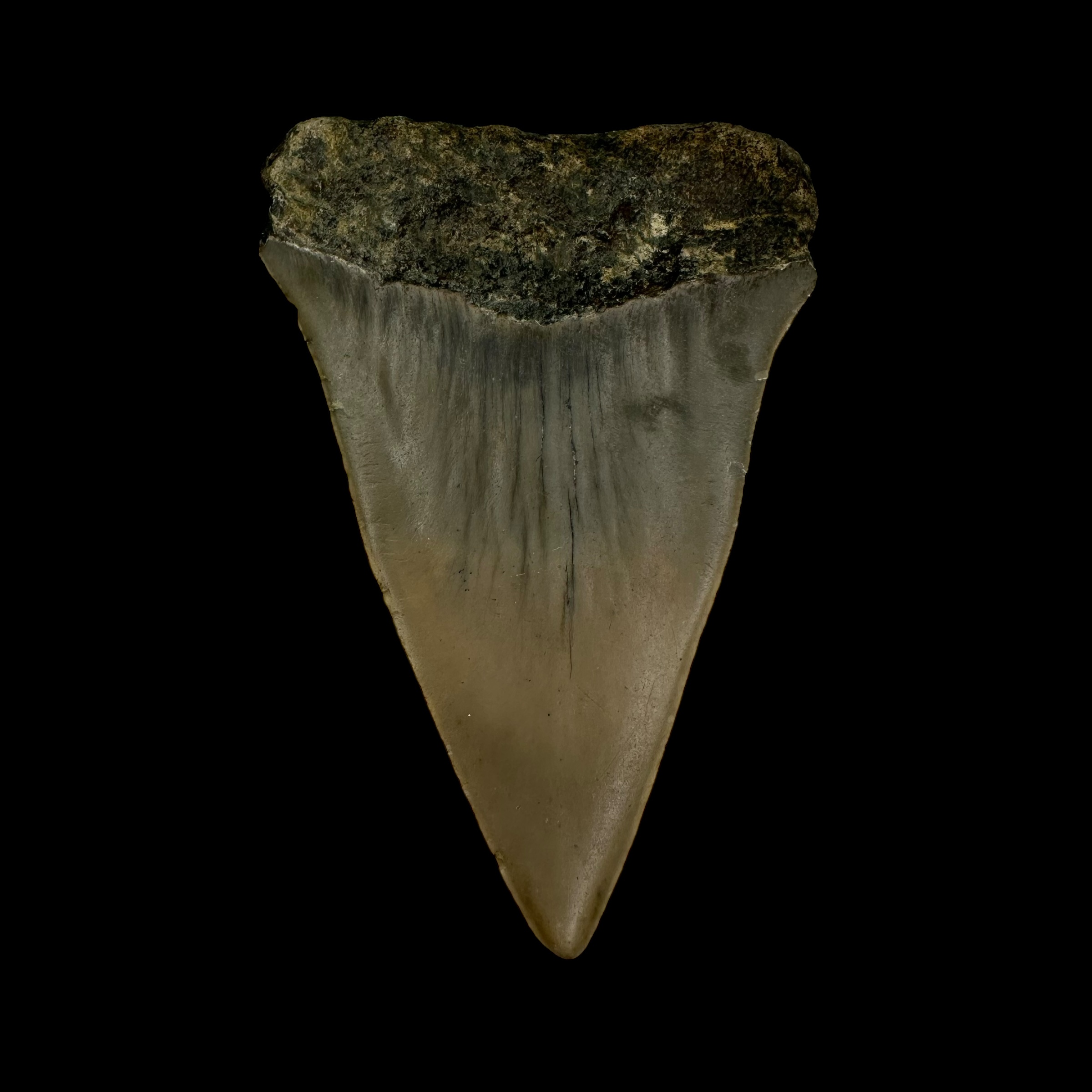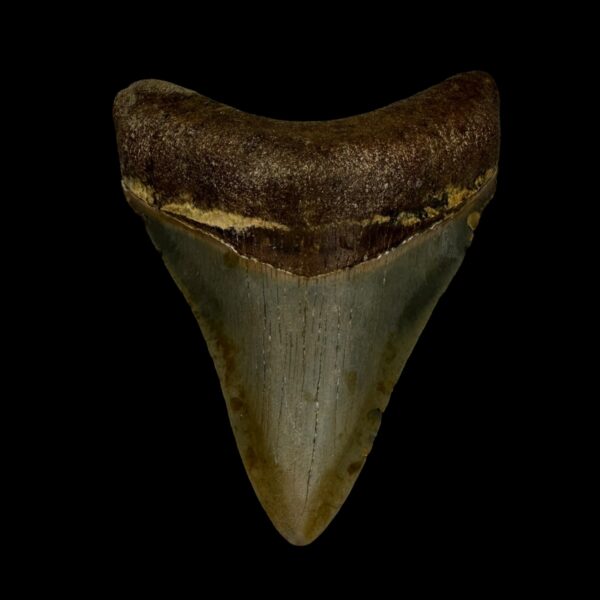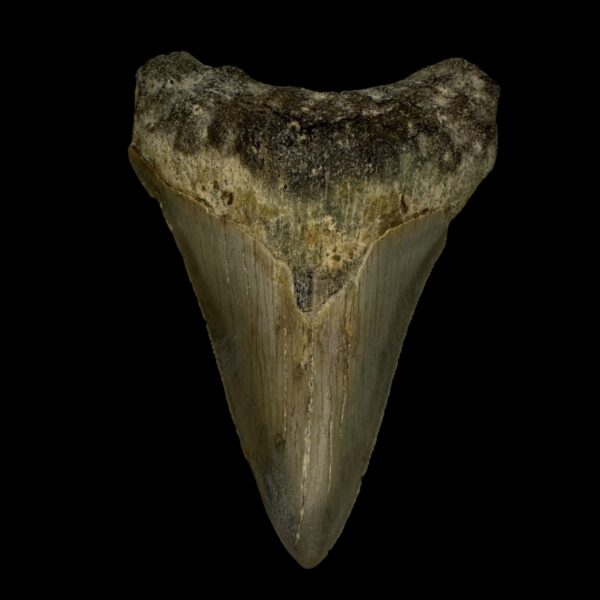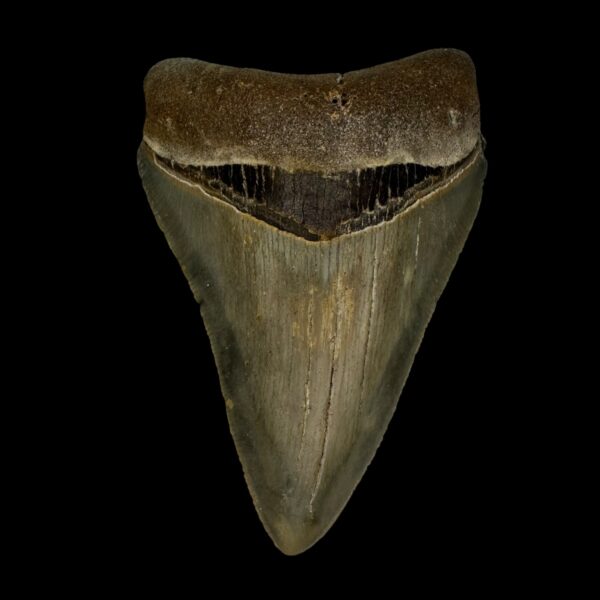Megalodon Myths Unveiled: 5 Shocking Truths Science Reveals
For centuries, the Megalodon has fascinated scientists, fossil collectors, and even conspiracy theorists. Many myths have emerged around this prehistoric giant, leading to widespread misconceptions. But what does science actually say? In this article, we’ll unveil the truth behind the most common Megalodon myths and separate fact from fiction.
1. Megalodon Myths Unveiled: Does It Still Exist?
One of the most popular myths is that the Megalodon still roams our oceans. Some claim it hides in deep-sea trenches, waiting to resurface. However, scientific evidence overwhelmingly suggests that the Megalodon went extinct around 3.6 million years ago.
🔬 Scientific Reality: No verified Megalodon sightings, no fresh Megalodon teeth, and no recent fossil evidence support its survival. Modern ocean exploration has revealed many deep-sea species, but never a Megalodon.
2. Megalodon Myths: Was It the Largest Predator Ever?
Megalodon was undoubtedly one of the largest marine predators, but was it the biggest of all time? Some myths suggest it dwarfed every other sea creature.
🔬 Scientific Reality: Estimates place the Megalodon at around 50-60 feet (15-18 meters) in length. While massive, some prehistoric marine reptiles, like Shonisaurus, may have reached similar or even greater sizes.
3. Megalodon Myths vs. Reality: Could It Swallow a Whale Whole?
A common myth is that Megalodon could swallow entire whales in a single bite.
🔬 Scientific Reality: While Megalodon had an estimated bite force of 40,000 pounds per square inch (PSI), far greater than today’s great white shark, it likely fed by taking massive chunks out of prey rather than swallowing them whole. Fossilized whale bones with Megalodon bite marks confirm this feeding behavior.
4. Megalodon Myths: Were All Its Teeth Gigantic?
Megalodon teeth are among the most sought-after fossils, with some reaching sizes of over 7 inches. However, not all Megalodon teeth were enormous.
🔬 Scientific Reality: Like modern sharks, Megalodon had multiple rows of teeth that varied in size. Smaller teeth (2-4 inches) are commonly found, and tooth size depended on the age and diet of the shark.
5. Megalodon Myths Unveiled: Its Connection to Great White Sharks
Many assume that Megalodon is the direct ancestor of the great white shark.
🔬 Scientific Reality: While they shared similar features, Megalodon belonged to a different lineage (Otodontidae), whereas great whites belong to the Lamnidae family. Their resemblance is likely due to convergent evolution rather than direct ancestry.
Conclusion: The Legacy of Megalodon Myths Unveiled
Although the Megalodon is extinct, its fossils continue to reveal new insights about prehistoric oceans. At The Fossil Exchange, we offer authentic Megalodon teeth for collectors and enthusiasts. Holding a Megalodon tooth is like holding a piece of history—one that reminds us of Earth’s fascinating past.
🔗 Explore our exclusive collection of Megalodon fossils today!
1. Megalodon Myths Unveiled: Does It Still Exist?
One of the most popular myths is that the Megalodon still roams our oceans. Some claim it hides in deep-sea trenches, waiting to resurface. However, scientific evidence overwhelmingly suggests that the Megalodon went extinct around 3.6 million years ago.
🔬 Scientific Reality: No verified Megalodon sightings, no fresh Megalodon teeth, and no recent fossil evidence support its survival. Modern ocean exploration has revealed many deep-sea species, but never a Megalodon.
Enlaces Externos (DoFollow) para Autoridad y Credibilidad:
Para aprender más sobre la extinción del Megalodon: Smithsonian Ocean Portal
Investigaciones científicas sobre Megalodon: Paleobiology Database
Información sobre fósiles marinos: National Geographic
Enlaces Internos para SEO y Retención de Usuarios:
Descubre nuestra colección de fósiles de Megalodon: Megalodon Teeth Collection
Aprende cómo identificar fósiles auténticos: Guide to Fossil Identification
Explora más artículos sobre fósiles prehistóricos: Prehistoric Fossils Blog




